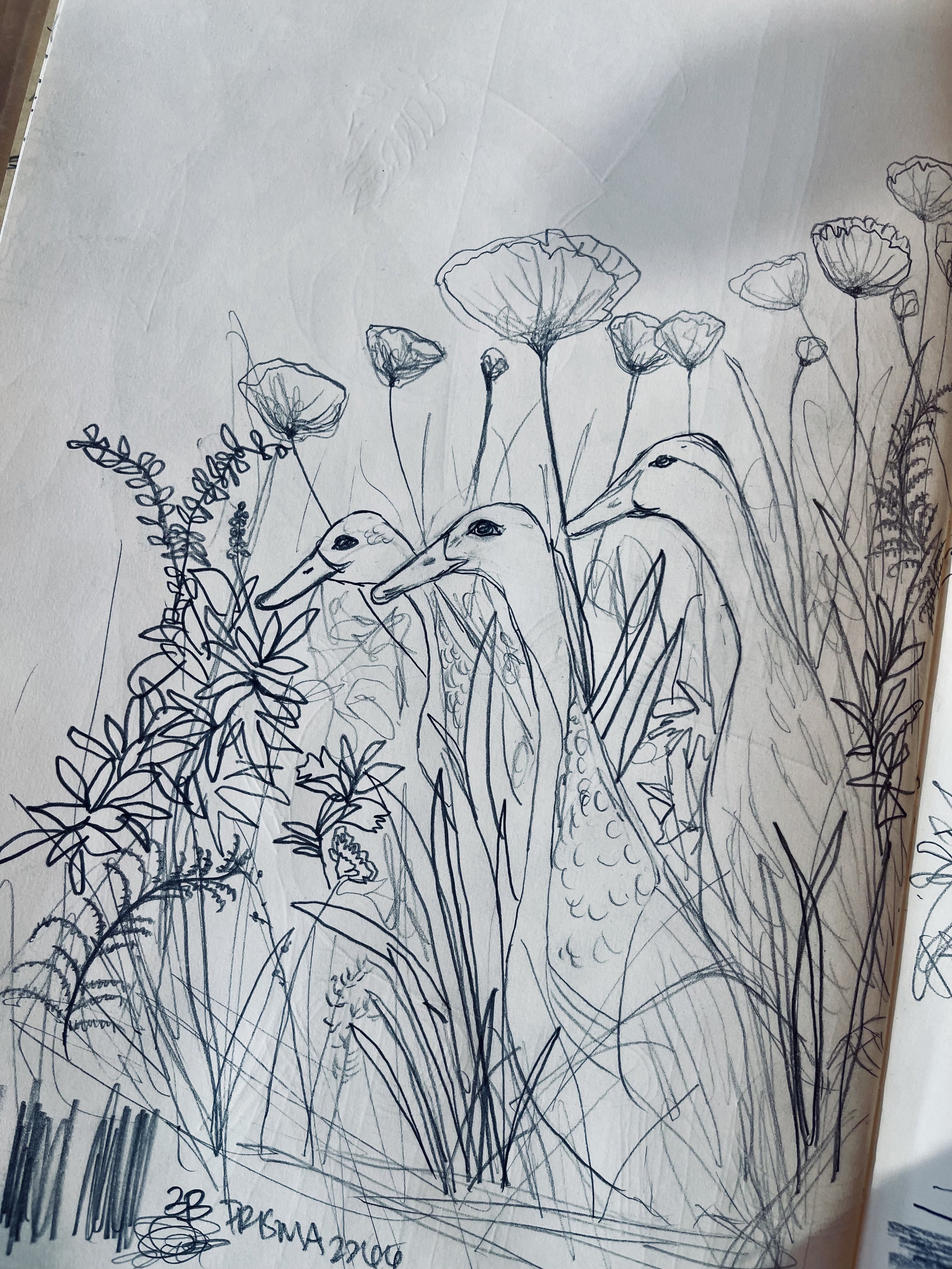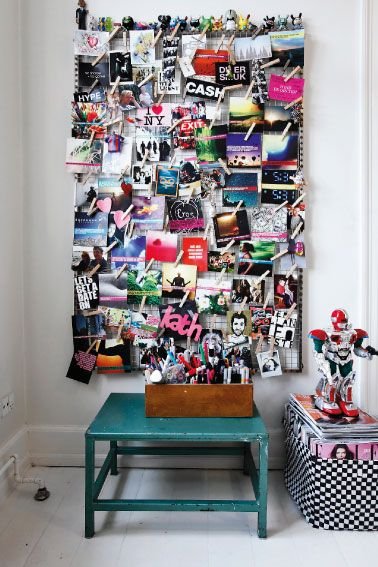How do you know when to stop? The essential elements of a finished piece.
One of the most common questions I get asked in classes or open studio tours is, how do you know when a painting is complete? I usually explain that knowing when a painting is done is an individual process, but knowing when to stop is more challenging when you are a beginner. But that's just part of art-making. The most straightforward answer to this question is experience. You must be willing to go through the ups and downs of figuring this part out. There will be many paintings you over-paint because you don't yet know when to stop.
As a beginner, it's almost effortless to jump on the unintentional 'more is more' bus. I remember hitting a point in my work when I would step back and think YES, I LOVE THIS!...and then...I did more and more, and then—more. Then in an instant, I hated it. Overpainting happens because we don't know how to edit our choices yet or haven't mastered composition, and we add more because the work feels like it's missing something.
However, sometimes the opposite can be true; we never finish a painting because we love what's on the canvas too much to risk 'ruining it.' Feeling too scared to take risks is more common in the beginning stages than the overpainting but more detrimental to your growth as an artist. Do not let yourself be held hostage by your fear; it will snowball, and pretty soon, you will have dozens of unfinished projects lying around, which makes your frustration worse.
The simplest way to battle anything becoming too precious is to paint in a series. Every time I say this to new artists, they tilt their heads and squint their eyes. A SERIES?! Yes, a series. You can work on more than one piece at a time; in fact, this should be standard in every artist's practice, in my opinion. Working in a series means working on more than one painting at a time. That's it. For a beginner, two to three pieces would be sufficient. Working in a series can also help battle the overpainting woes because it enables you to take a brain break, avoiding over-concentrating on any one piece for too long.
So, how does this process work? First, you begin each painting in the series the same way you would start a single piece, but instead of moving forward with one piece at a time, you work each piece in tandem. You are moving all pieces through your process at equal rates. Once you've established a good working process, it's easier to concentrate on the design elements.
This short video is an example of an abstract floral series I recently finished.
First of all, I want to preface; It's always a good idea to step away from the painting and come back with fresh eyes to establish whether your piece is complete. It's not a good idea to analyze your work when you're in the thick of creative flow because your analytic mind gets pushed back during the process of creative flow.
Come back to your work with a fresh perspective and analytic goggles on; this makes evaluating your design elements more straightforward. However, the evaluation is also the point where every artist must learn to let go a little bit and be willing to change parts that need more work, even if that means big, bold moves. We'll get into how to edit in another post, but for now, these are fundamental elements that every finished piece usually has:
A definite color palette- a finished piece shows evidence of choices, especially with color.
Value variety- a finished piece should include variations of light and dark colors.
A guiding force- a finished piece should include something that guides the viewer's eye around the work, such as color, line, or contrast. Think about how your eye travels over the piece and why!
That's it! Well, mostly.
Keep in mind that other elements could be included, but if you flip through an art book or go to an art museum, these are the elements that are always present.
Of course, the most essential element of a finished piece is your gut feeling. You actually know when a piece feels complete, it's just a matter of tuning into that intuition. You know when you've gone overboard, just like you see when you haven't done enough, you just need to learn to trust that voice.









